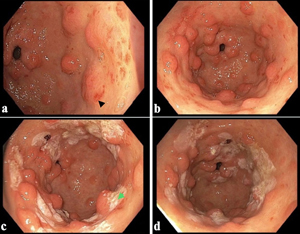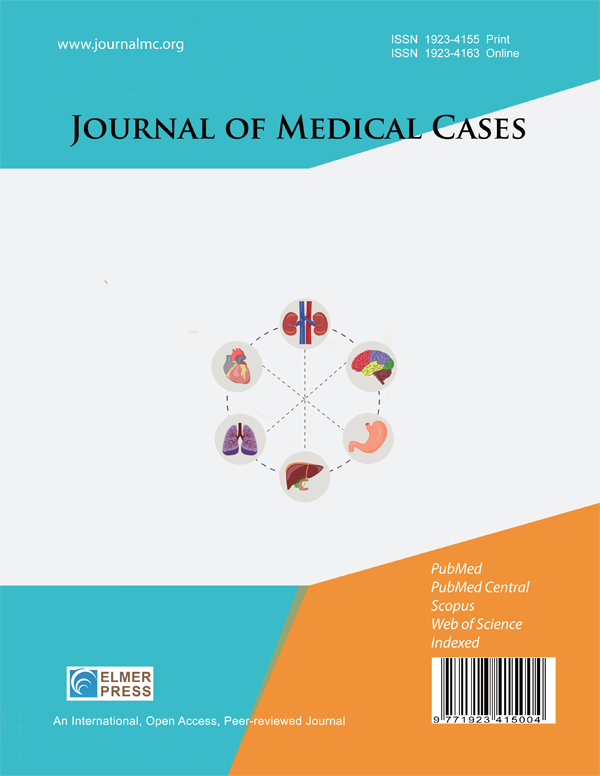Gastric Antral Vascular Ectasia Syndrome With Aortic Stenosis: A Twist on Heyde Syndrome?
DOI:
https://doi.org/10.14740/jmc4311Keywords:
Heyde syndrome, Aortic stenosis, Gastrointestinal angiodysplasia, Gastric antral vascular ectasia, Aortic valve replacementAbstract
Heyde syndrome is a triad of aortic stenosis (AS), gastrointestinal (GI) bleeding from angiodysplasia, and acquired von Willebrand disease (vWD). It is hypothesized that stenotic aortic valves cleave von Willebrand factor (vWF) multimers, predisposing patients to bleeding from GI angiodysplasias. This hypothesis is supported by the observation that aortic valve replacement often leads to the resolution of GI bleeding. Heyde syndrome is typically described in the context of AS and small bowel angiodysplasias (Dieulafoy’s lesion, intestinal vascular malformation, and arteriovenous malformations). However, data on AS and gastric antral vascular ectasia (GAVE) association are scarce. GAVE is a vascular anomaly characterized by ectatic capillaries, arterioles, and venules, which can lead to upper GI bleeding. The paucity of data on GAVE-AS association may lead to underdiagnosis and/or under-reporting. Herein, we describe two cases of GAVE-AS that were diagnosed and treated at our institution. This case series focuses on patient presentations and clinical outcomes and aims to raise awareness about this rare association.

Published
Issue
Section
License
Copyright (c) 2024 The authors

This work is licensed under a Creative Commons Attribution-NonCommercial 4.0 International License.









